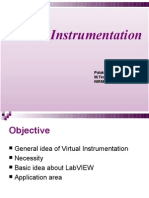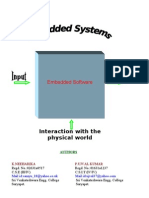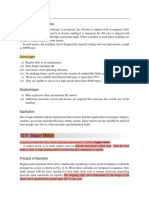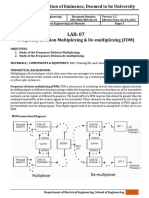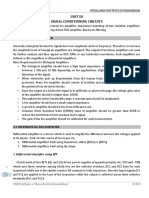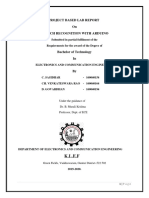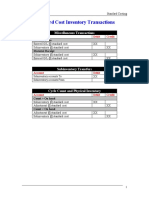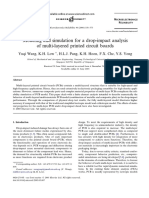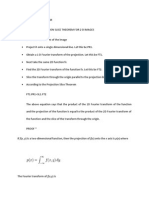0% found this document useful (0 votes)
428 views21 pagesVoice-Controlled LEDs for Students
This document describes a student project to control LEDs using voice commands with an Arduino Uno. A group of four biomedical engineering students created a circuit connecting an Arduino, Bluetooth module, LEDs, and resistors. They programmed the Arduino to turn the LEDs on and off in response to voice commands received from an Android app over Bluetooth. The project was completed to gain experience with microcontrollers and basic electronics.
Uploaded by
Sonam NetalkarCopyright
© © All Rights Reserved
We take content rights seriously. If you suspect this is your content, claim it here.
Available Formats
Download as PDF, TXT or read online on Scribd
0% found this document useful (0 votes)
428 views21 pagesVoice-Controlled LEDs for Students
This document describes a student project to control LEDs using voice commands with an Arduino Uno. A group of four biomedical engineering students created a circuit connecting an Arduino, Bluetooth module, LEDs, and resistors. They programmed the Arduino to turn the LEDs on and off in response to voice commands received from an Android app over Bluetooth. The project was completed to gain experience with microcontrollers and basic electronics.
Uploaded by
Sonam NetalkarCopyright
© © All Rights Reserved
We take content rights seriously. If you suspect this is your content, claim it here.
Available Formats
Download as PDF, TXT or read online on Scribd
/ 21





















